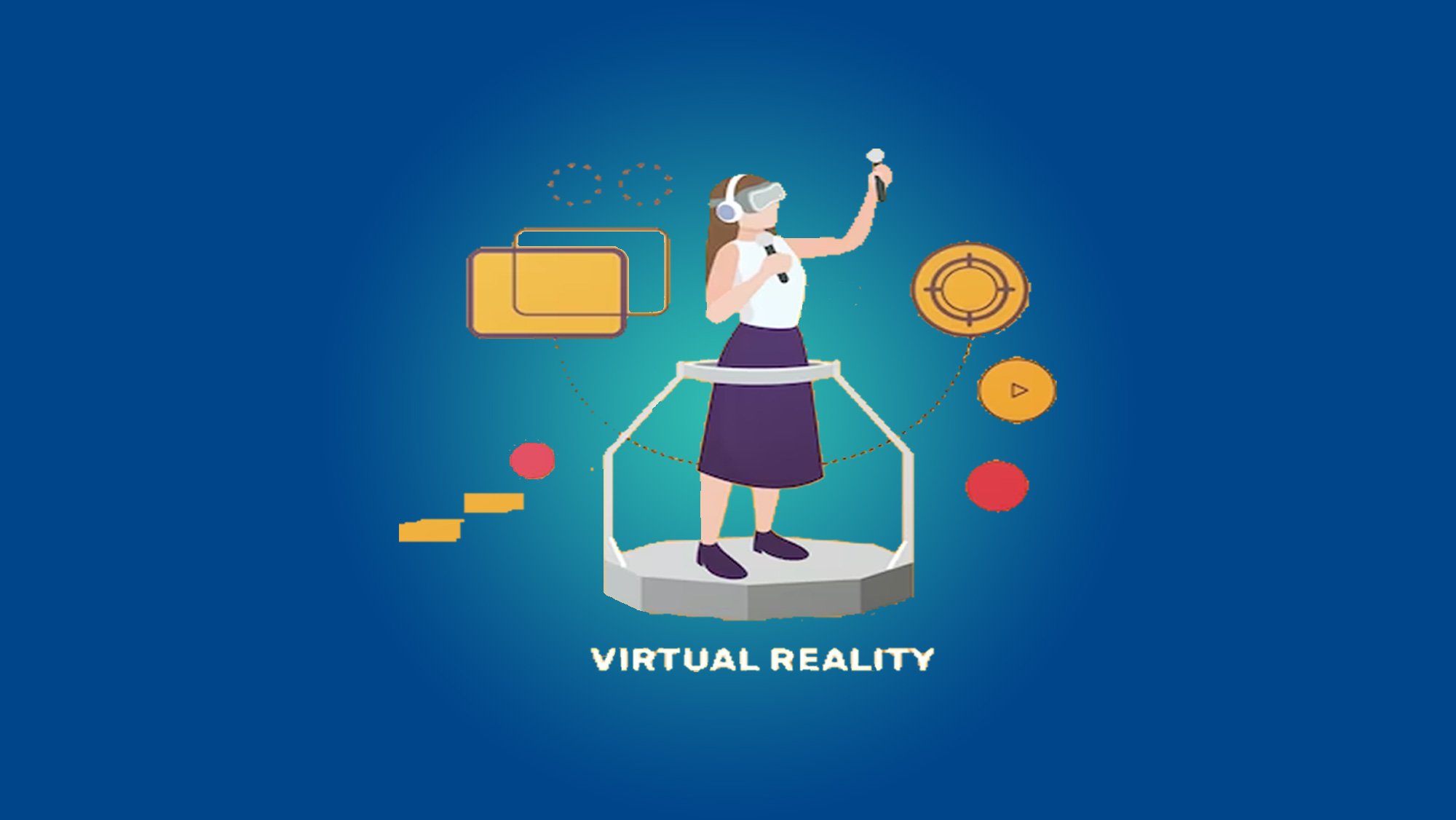Virtual Reality Training: Immersion for Innovative Advancements
Introduction:
Virtual reality (VR) has transformed the way we experience and interact with digital content. From entertainment and gaming to training and education, VR offers a unique and immersive environment that engages our senses and transports us to new realms. In this blog, we will explore the world of virtual reality training and how it enables innovative advancements across various industries.
1. The Power of Immersion:
Virtual reality training provides a level of immersion that traditional training methods cannot match. Through VR headsets and motion-tracking technologies, users are placed within a simulated environment where they can interact and engage with virtual objects and scenarios. This heightened sense of presence and immersion enhances the learning experience and boosts retention and engagement.
2. Realistic Simulations:
One of the key advantages of virtual reality training is the ability to create realistic simulations. Whether it's practicing surgical procedures, operating heavy machinery, or training for high-risk scenarios, VR allows users to experience these situations in a safe and controlled environment. Realistic simulations enable trainees to gain hands-on experience, make mistakes, and learn from them without real-world consequences.
3. Enhanced Interactivity:
Virtual reality training offers a highly interactive learning environment. Users can manipulate objects, perform tasks, and engage in realistic interactions within the virtual world. This hands-on approach fosters active learning, problem-solving skills, and critical thinking. Through haptic feedback and advanced controllers, users can feel and interact with virtual objects, further enhancing the training experience.
4. Cost-Effective Training:
Virtual reality training can be a cost-effective solution for organizations. It eliminates the need for physical training equipment, materials, and dedicated training spaces. With VR, organizations can provide training to a larger number of employees without the constraints of time and location. Additionally, VR training reduces the risk of accidents and damage associated with real-world training scenarios.
5. Cross-Industry Applications:
Virtual reality training finds applications across a wide range of industries. From aviation and healthcare to manufacturing and construction, VR is transforming the way employees are trained. It enables organizations to deliver consistent and standardized training programs, adapt to evolving technologies, and prepare employees for complex and challenging tasks.
6. Future Possibilities:
The future of virtual reality training holds immense potential. As technology continues to advance, we can expect more realistic and immersive experiences, improved graphics and rendering capabilities, and enhanced haptic feedback. With the integration of artificial intelligence (AI) and machine learning (ML), VR training can become even more personalized and adaptive, catering to individual learning needs.
Conclusion:
Virtual reality training offers a paradigm shift in how we learn and acquire new skills. Its immersive nature, realistic simulations, and enhanced interactivity provide an unparalleled training experience. By embracing virtual reality training, organizations can unlock innovative advancements, improve employee performance, and achieve higher levels of engagement and retention. The future of training is immersive, and virtual reality is at the forefront of this revolution.
You May Also Like
These Related Stories

Mastering Virtual Reality: Essential Training for Next-Level Immersion

Maximize Efficiency: Oracle Fusion Cloud Technical Training Insights




No Comments Yet
Let us know what you think